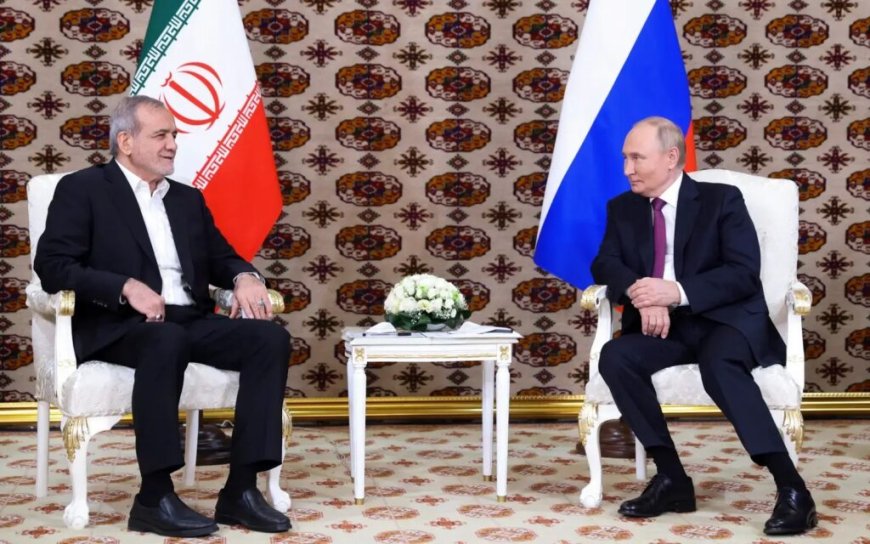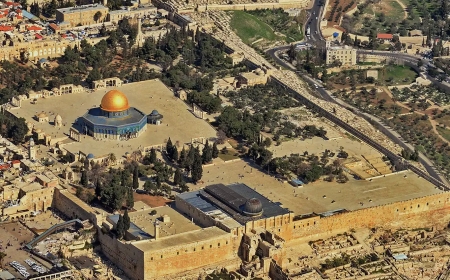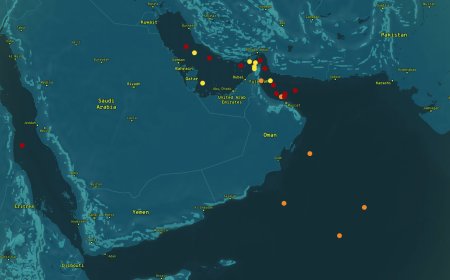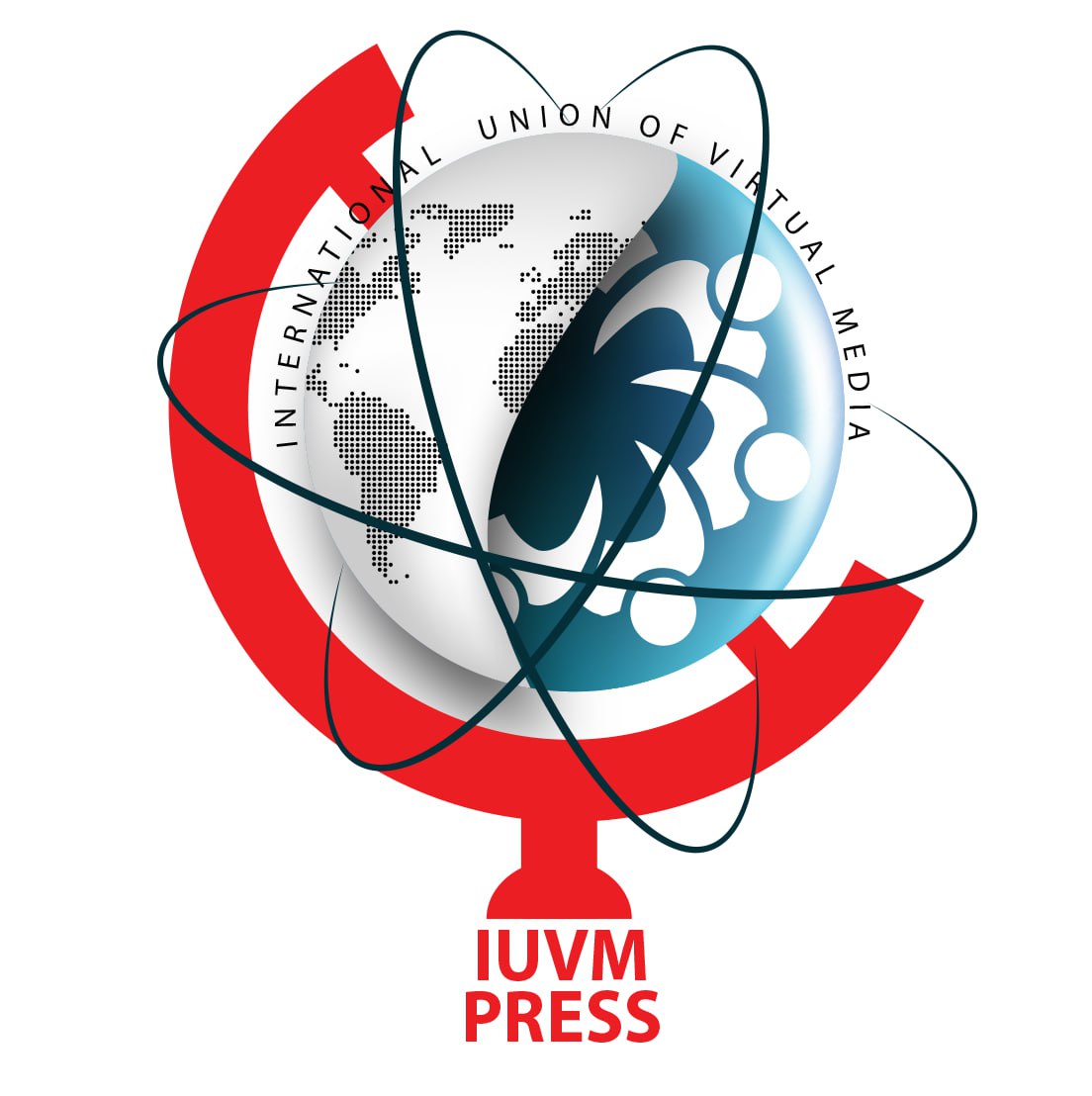Iran and Russia: Cementing a Strategic Axis for a Multipolar World
This deepening alliance found concrete expression in the recent signing of a far-reaching strategic agreement between Tehran and Moscow. As revealed by Iranian President Dr. Masoud Pezeshkian during an interview with Russia’s Channel One, this document comprises 47 articles—a formal roadmap reflecting the maturity of bilateral relations.

Iran and Russia: Cementing a Strategic Axis for a Multipolar World
In the wake of the Soviet Union’s dissolution, Iran and Russia found themselves navigating new geopolitical terrains. Over the past decades, what began as modest post-Cold War engagement has steadily evolved—particularly in recent years—into a comprehensive and multidimensional strategic partnership. This transformation reflects a shared rejection of Western domination and an alignment of regional and global interests. Far beyond ad hoc military or economic cooperation, Iran and Russia are now united by a long-term strategic vision rooted in common security anxieties, convergent geopolitical ambitions, and a mutual aspiration to challenge the post-1945 international order.
The 47-Point Strategic Agreement: A Blueprint for Bilateral Resilience
This deepening alliance found concrete expression in the recent signing of a far-reaching strategic agreement between Tehran and Moscow. As revealed by Iranian President Dr. Masoud Pezeshkian during an interview with Russia’s Channel One, this document comprises 47 articles—a formal roadmap reflecting the maturity of bilateral relations.
- Articles 12 to 13 focus on security and political collaboration, highlighting shared resistance to external threats and pressure.
- Articles 19 through 40 lay out an extensive economic framework covering railway development, road construction, energy infrastructure, trade, electricity cooperation, and other vital sectors.
- The concluding sections of the document emphasize mechanisms for monitoring commitments, ensuring continuity and accountability in implementation.
This agreement is not symbolic; it represents a tangible institutionalization of the Iran-Russia strategic axis in the face of continued Western unilateralism.
Security, Defense, and Technology: Building Sovereignty Through Strategic Synergy
One of the defining features of this partnership is its robust security and defense dimension. Iran and Russia have aligned their strategies to confront Western militarism, especially the threat of NATO expansion and the rise of transnational terrorism—often exacerbated by foreign interventions.
Their joint military drills in the Persian Gulf and the Caspian Sea are not merely tactical exercises; they are emblematic of strategic trust and interoperability.
On the technological front, cooperation is accelerating. In aerospace and advanced defense systems, Iran and Russia have launched several significant collaborations. Following the expiration of UN arms embargoes, these exchanges have deepened. A particularly symbolic moment came in 2022, when Russia launched Iran’s Khayyam satellite into Earth’s orbit—an event documented by the Stimson Center, a U.S.-based think tank.
This space cooperation marks not only scientific advancement but also a broader assertion of technological sovereignty in defiance of sanctions.
Moreover, in response to unjust and unilateral Western sanctions, both countries have shifted toward trading in national currencies, effectively reducing reliance on the U.S. dollar—a foundational step in undermining dollar hegemony and promoting financial multipolarity.
Infrastructure, Integration, and the New Geoeconomic Map of Eurasia
The Iran-Russia strategic alliance extends decisively into the geoeconomic sphere. Russia has significantly increased its investment in Iranian infrastructure, especially in railways and petrochemical industries.
This is not mere investment—it reflects a broader strategy to position Iran as a logistical and commercial hub in Eurasia. Iran’s central role in the International North-South Transport Corridor (INSTC)—linking Russia to India and the Persian Gulf—is a case in point.
This corridor enhances regional connectivity and cements Iran’s status as a pivotal node in emerging trade networks that bypass Western chokepoints.
Iran’s recent accession to the Shanghai Cooperation Organization (SCO), deepening relations with BRICS, and growing participation in the Eurasian Economic Union (EAEU) are further evidence of a shared strategic doctrine between Moscow and Tehran. Together, these moves illustrate a deliberate reorientation toward a multipolar world order, with Iran and Russia as key architects.
A New Balance of Power: Strategic Messaging and Regional Implications
The strategic convergence between Iran and Russia has global resonance. In a recent high-level message from Iran’s Supreme Leader to Russian leadership, the need for expanding bilateral ties, advancing joint projects, and strengthening strategic cooperation was emphasized as a priority.
This message also reaffirmed the importance of resisting Western imperialism, fostering sovereign partnerships, and laying the groundwork for a new global architecture.
The implications of this alignment go far beyond diplomacy. It promises to reshape the geopolitical landscape of the Middle East, Eurasia, and even Europe. For instance:
- It may diminish Turkey’s influence in the Caucasus and Central Asia;
- Reduce the geopolitical maneuverability of regional rivals like Saudi Arabia, particularly in Syria and Iraq;
- And shift the strategic equation in favor of non-Western coalitions.
Ultimately, this partnership contributes to balancing global power by constraining the hegemony of the United States and its allies. It empowers Iran and Russia to counter Western pressure more independently, and lays the foundation for enhanced cooperation with China and other emerging powers.
Conclusion
The Iran-Russia partnership—comprising security, political, economic, defense, and technological cooperation—is not merely reactive; it is generative. It offers a bold vision for a world no longer governed by unipolar dictates. By reducing the presence of extra-regional actors and strengthening regional self-determination, this alliance marks a historic shift toward multipolarity, equitable sovereignty, and collective security.
More than a diplomatic relationship, it is a declaration of shared resilience, strategic alignment, and global purpose—a partnership that not only aims to stabilize the Middle East and Eurasia, but to reshape the global order in favor of balance, justice, and enduring peace.
By: N. Daneshvar













































